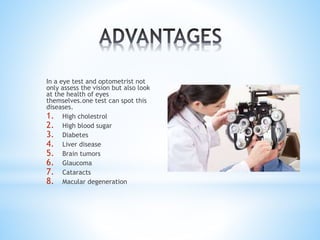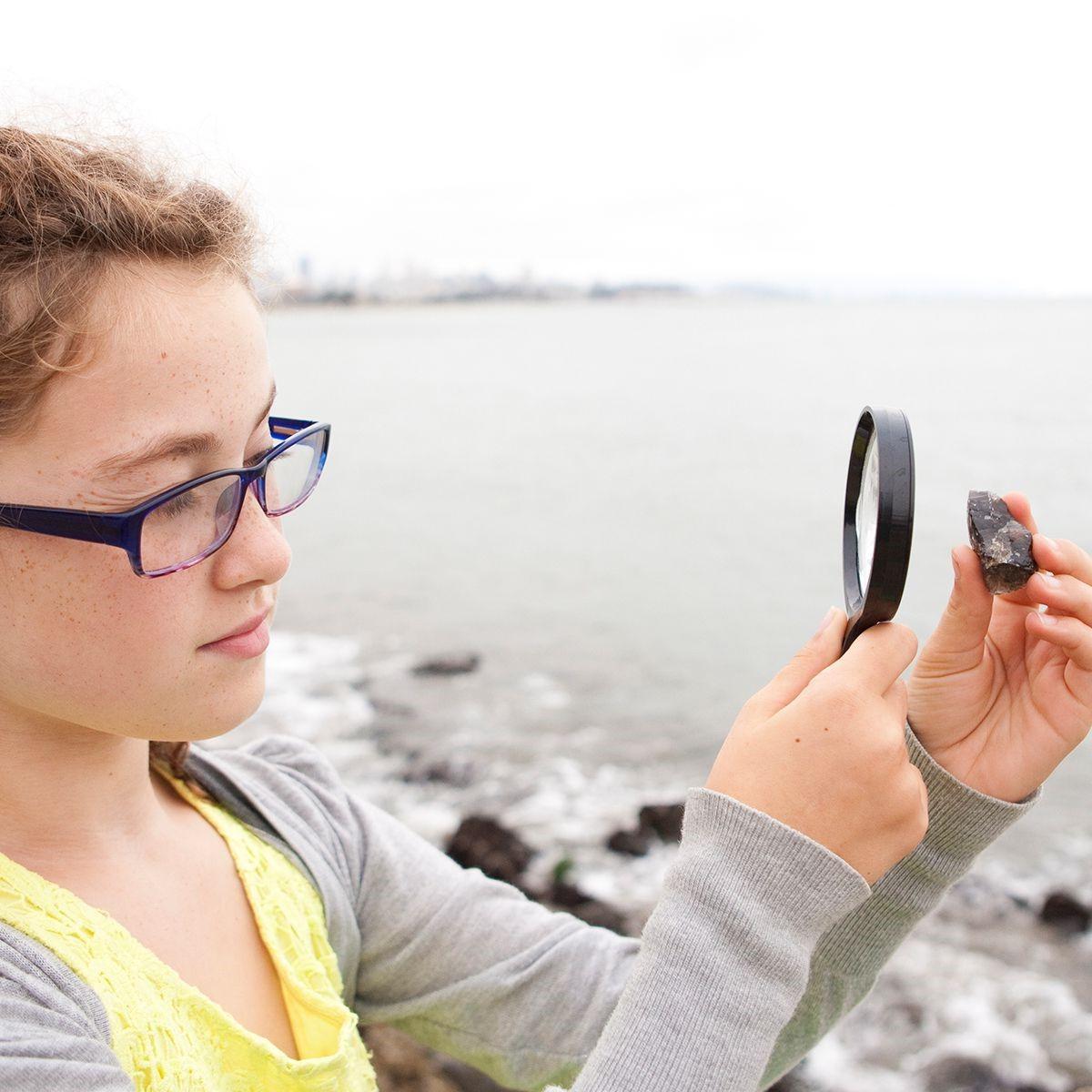The Role of Advanced Diagnostic Devices in Identifying Eye Disorders
In the world of ophthalmology, the usage of sophisticated analysis tools has reinvented the early recognition and monitoring of various eye disorders. As the demand for specific and timely diagnoses continues to grow, the assimilation of cutting-edge tools like optical coherence tomography and aesthetic area screening has actually ended up being important in the world of eye treatment.
Importance of Early Diagnosis
Early diagnosis plays a critical role in the reliable monitoring and therapy of eye disorders. Prompt identification of eye problems is vital as it permits prompt intervention, potentially avoiding further progression of the disease and reducing long-lasting problems. By finding eye problems at a beginning, healthcare suppliers can supply ideal therapy strategies tailored to the particular condition, ultimately bring about better results for people. Very early diagnosis makes it possible for people to accessibility needed support solutions and sources quicker, boosting their general high quality of life.

Modern Technology for Finding Glaucoma
Advanced diagnostic technologies play an important function in the early detection and monitoring of glaucoma, a leading reason of irreparable loss of sight worldwide. One more sophisticated device is aesthetic area testing, which maps the sensitivity of a patient's visual area, aiding to find any kind of areas of vision loss quality of glaucoma. These advanced diagnostic devices allow ophthalmologists to diagnose glaucoma in its early phases, enabling for timely treatment and much better administration of the disease to protect against vision loss.
Function of Optical Coherence Tomography

OCT's capacity to evaluate retinal nerve fiber check that layer thickness enables specific and unbiased measurements, assisting in the very early detection of glaucoma also prior to visual area flaws emerge. OCT modern technology permits longitudinal monitoring of structural adjustments over time, assisting in individualized treatment strategies and timely interventions to aid protect patients' vision. The non-invasive nature of OCT imaging likewise makes it a recommended choice for checking glaucoma progression, as it can be duplicated on a regular basis without causing pain to the person. In general, OCT plays a crucial function in boosting the analysis accuracy and administration of glaucoma, inevitably contributing to far better end results for people at risk of vision loss.
Enhancing Medical Diagnosis With Visual Area Testing
An important element in detailed ocular analyses, aesthetic area screening plays a critical function in improving the diagnostic process for different eye conditions. By examining the full degree of a client's aesthetic field, this test offers important info about the practical stability of the entire visual path, from the retina to the aesthetic cortex.
Aesthetic field testing is particularly valuable in the medical diagnosis and monitoring of problems such as glaucoma, optic nerve conditions, and different neurological conditions that can influence vision. With quantitative measurements of outer and main vision, medical professionals can discover subtle changes check these guys out that might show the existence or progression of these problems, also prior to visible symptoms occur.
In addition, aesthetic field screening enables the tracking of therapy effectiveness, assisting ophthalmologists customize therapeutic treatments to private clients. eyecare near me. By tracking modifications in visual field performance with time, medical care carriers can make educated decisions regarding adjusting drugs, recommending medical interventions, or applying other ideal steps to maintain or enhance a patient's visual feature
Handling Macular Deterioration

Conclusion
In final thought, advanced analysis tools more information play an essential role in determining eye conditions beforehand. Technologies such as Optical Coherence Tomography and aesthetic field screening have greatly enhanced the accuracy and performance of diagnosing conditions like glaucoma and macular degeneration. Early detection allows for timely treatment and monitoring of these problems, inevitably causing much better results for clients. It is critical for health care experts to stay updated on these advancements to give the most effective feasible take care of their patients. eyecare near me.